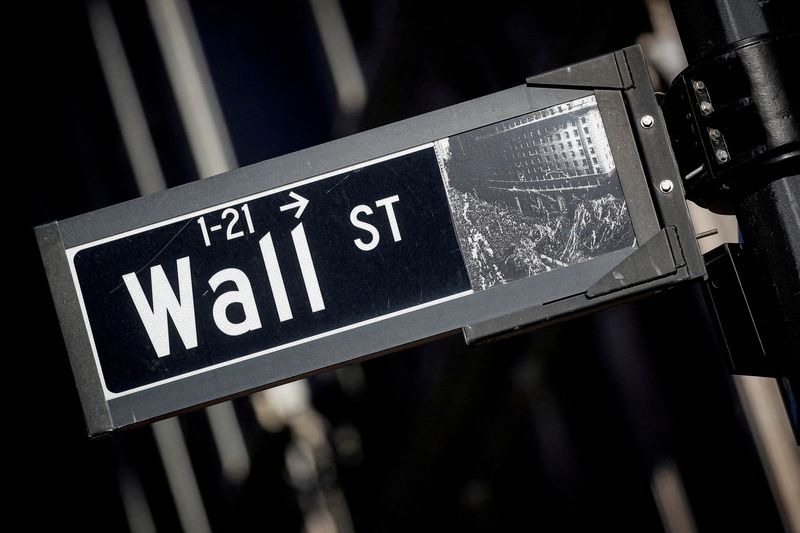By Bansari Mayur Kamdar
(Reuters) - Investors piled into exchange-traded funds tracking defense companies since October in anticipation of increased military budgets in the U.S. and Europe due to rising incidents of geopolitical conflicts.
The Invesco Aerospace & Defense ETF has seen net inflows of more than $100 million so far this month, according to Lipper data, adding to the nearly $180 million it raked in October.
Peers like the $5.5 billion iShares US Aerospace & Defense ETF and $1.78 billion SPDR S&P Aerospace & Defense (NYSE:XAR) ETF have posted net inflows of $178.4 million and $163.6 million, respectively, since October.
"National security threats are growing in magnitude and complexity, driving wider need for the latest defense technologies," said Ashish Shah, global chief investment officer of public investing at Goldman Sachs Asset Management in a note.
"Companies positioned to benefit as the U.S. and other NATO countries increase their spend on high-tech surveillance and deterrence should do well."
Since February 2022, the Invesco fund's total net assets have nearly quadrupled to $2.37 billion from $632 million as the war in Ukraine boosted military spending and aid.
Assets further climbed 19% since the October 7 attack on Israel by Hamas that killed 1200 people, followed by Israeli military strikes on Gaza that have killed more than 13,000 people.
U.S. President Joe Biden has asked Congress to provide $106 billion in supplemental funding, with $61.4 billion for Ukraine and $14.3 billion for Israel.
Of this, $10.6 billion would go to Israeli air and missile defense support, while $30 billion will help supply Ukraine with weapons and replenish U.S. stocks.

The U.S. Congress has approved $113 billion for Ukraine in 21 months since the start of the war.
Defense ETFs have also benefited from an increased interest in tech stocks because so much of the defense industry will be influenced by advancements in AI, said Michael Ashley Schulman, chief investment officer at Running Point Capital.